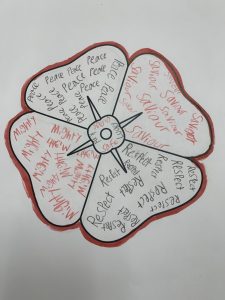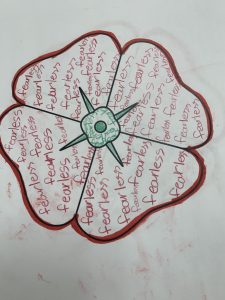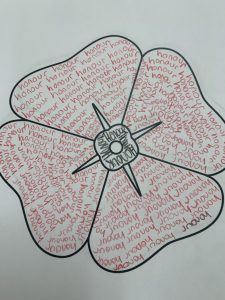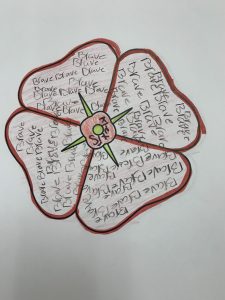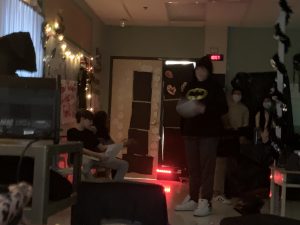Last post, I discussed mental health activities and one was discussing report card feelings. I went further into the topic with my class and thought I would share the results of how that went.
Today was the day that report cards went home with students so I took a moment to re-read their brainstorm list of ideas about how they felt regarding report cards. I also asked today that if they felt comfortable, they could raise their hand to show how they were feeling. I thought it would be important to look around and see who was raising their hands for the positive feelings vs. the negative ones. It was not what I expected. Students who put up their hands for the negative responses were not necessarily the students who had reason for concern. We cannot always assume that the students who participate the most/ try the extensions etc. will feel positive about seeing their report cards. They may have the highest expectations for themselves of everyone and with that, their parents may share those expectations.
It will also be important to talk to my class Tuesday after they have read their reports, discussed them with family and have had time to reflect on them to see how they feel. One number/comment to summarize all their efforts in a subject can often feel defeating so I want to address those feelings next week.
I thought it would be meaningful for all educators to see the results of the question “How do report cards make you feel?” My class sorted all of the feelings into either positive feelings or negative feelings.
Positive Feelings:
- I feel good
- I feel okay- I like knowing my grades
- I love them
- It’s okay
- I get proud of myself to see how I did
- Exciting
- I feel proud of myself when I get good marks
- I like reports because it shows how good you have been doing
- BEST THING!
- Decent
- I feel excited to see what to improve on
- I feel good about it
- I feel okay seeing my marks
- It’s okay I guess
- I feel good and alright
Negative Feelings:
- I feel bad
- I feel nervous
- I hate them
- I do not care about them
- I am scared
- I feel terrible, it’s scary
- I am scared about when I get my report card
- It is horrifying because I do not want my grandparents to judge me
We agreed as a class that we were happy there were more positive feelings than negative. We know that these feelings resulted from past experiences and could change based on what to come. But, as their teacher, I need to think about where to go from here. There are so many great podcasts, inservices, articles and books about how to approach report cards. The negative stigma around them will always be hard to shake because so many students struggle with feelings proud of their efforts. I hope this year to help shake those feelings and help students feel proud of what they are doing, regardless of what it all averages out to be.

